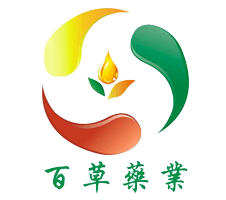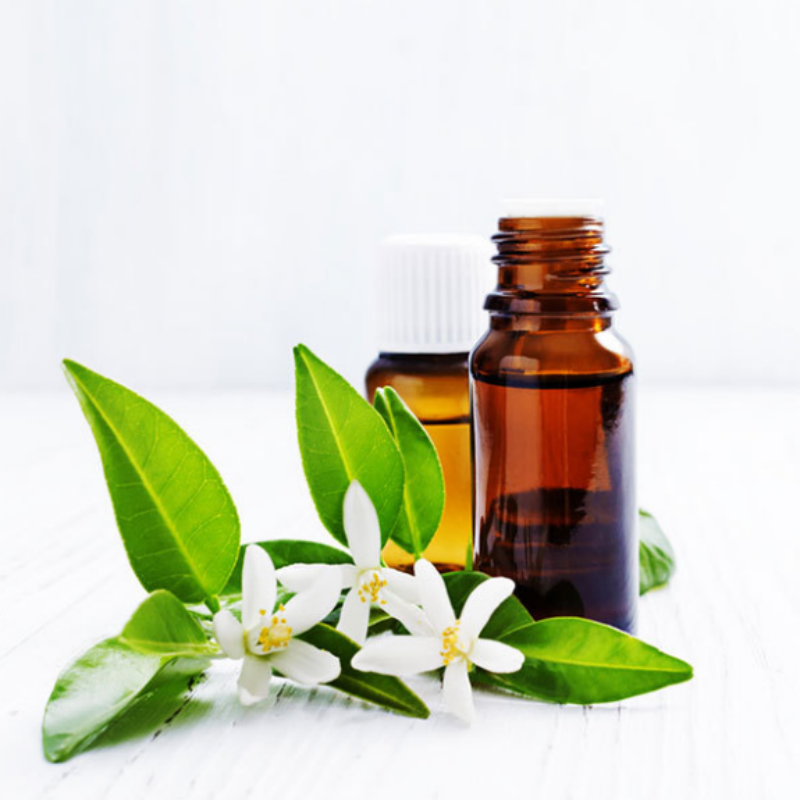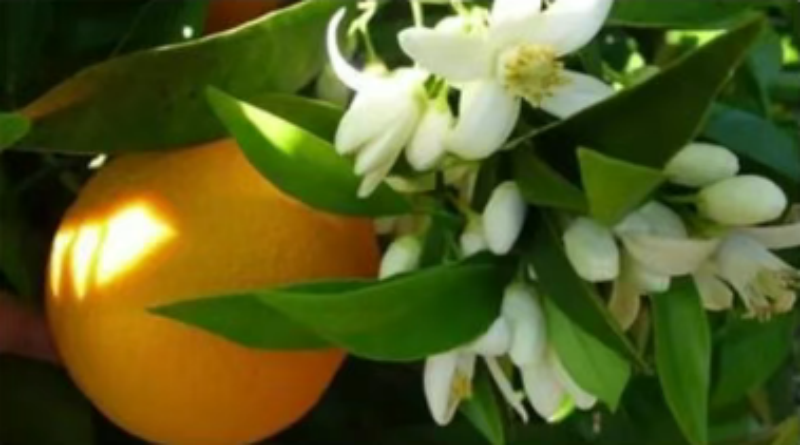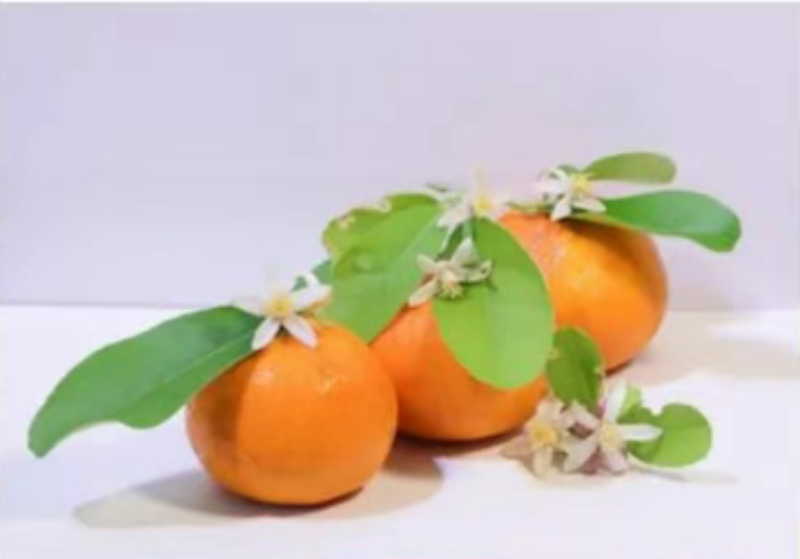Neroli oil
Raw material: The white petals of orange blossom, also known as bitter orange blossom
Aroma: It has a delicate floral and fruity scent
Color: A nearly transparent liquid ranging from light yellow to amber
Production process: Steam distillation
Historical background
In the 17th century, the princess of Neroli in Italy was fond of the scent of orange blossoms. She used the essence of this plant to perfume her clothes and all over her body, bringing this scent to the upper class, where it was accepted and widely loved. Later, the Neroli in her territory named this plant. The orange blossom tree was introduced to Europe by Arab merchants around 1200 AD. The first to be fascinated were the Italians, the Spanish and the French, and orange blossom became an important ingredient in spices and cosmetics.
Fields and Applications
1. Daily chemicals
Orange blossom essential oil is an important ingredient in perfume formulas. It can modify the top notes of the simple orchid type and is also a secret weapon among floral ingredients
2. Food
It is mainly used in candies, chewing gum, sweet wine and refreshing beverages, etc., and can also be used to prepare fruit-flavored sweet flavorings, ice cream with preserved fruits and other flavorings
Daily usage
1.Facial care
Take 1 drop of neroli oil and 5m1 of base oil (such as jojoba oil or sweet almond oil), mix them and massage your face in the morning and evening.
2. Body care
Add 3 to 5 drops of neroli oil to the bathtub (dissolve it in milk or body wash first, and avoid direct contact with the skin)
Take a 15-minute bath.
3. Fragrance
Mix orange flower oil with beeswax and coconut oil to make a solid balm (in a ratio of 1:5:3), put it in a small iron box, and apply it to your wrists and behind your ears at any time to replace liquid essential oil (to avoid security check issues).
Post time: Jul-03-2025







